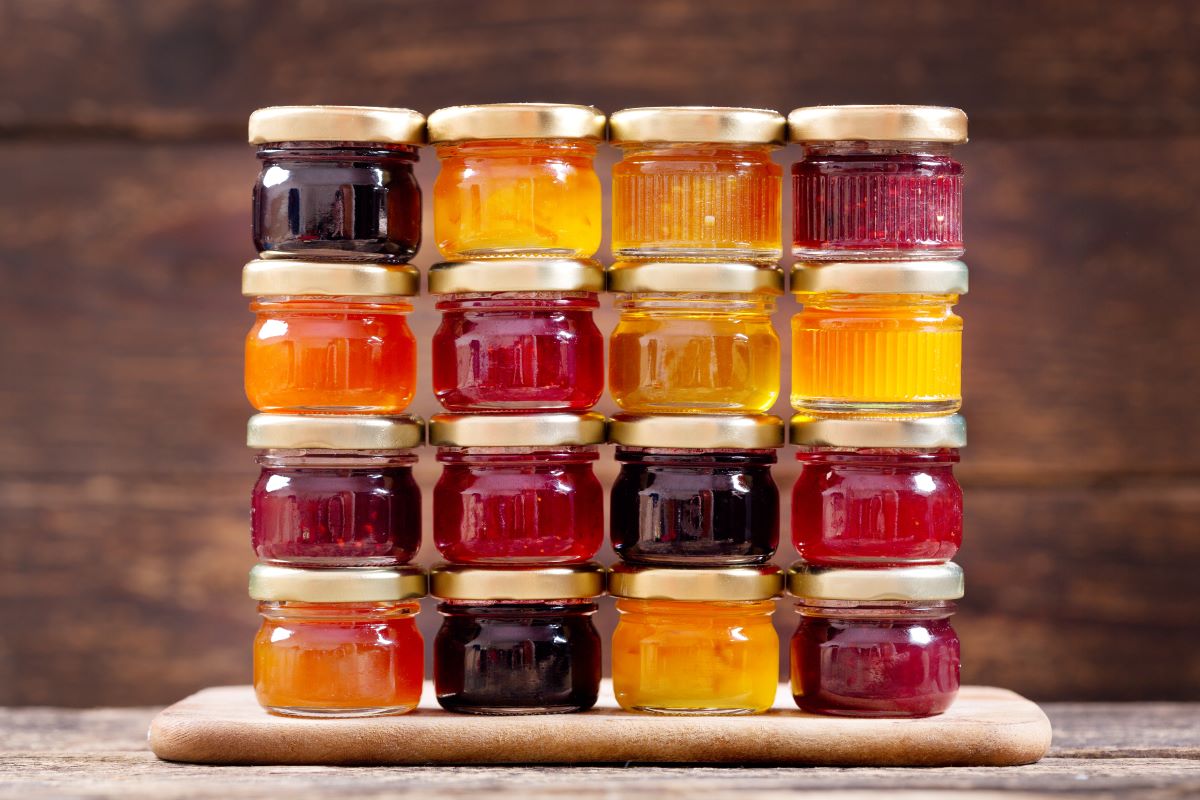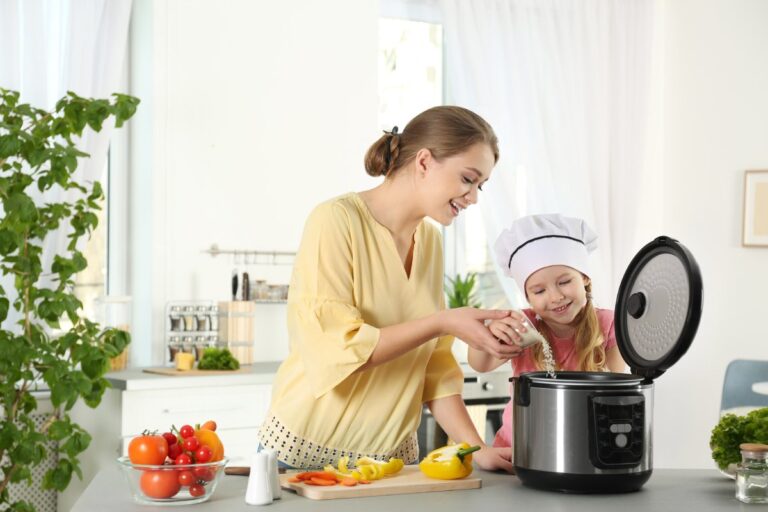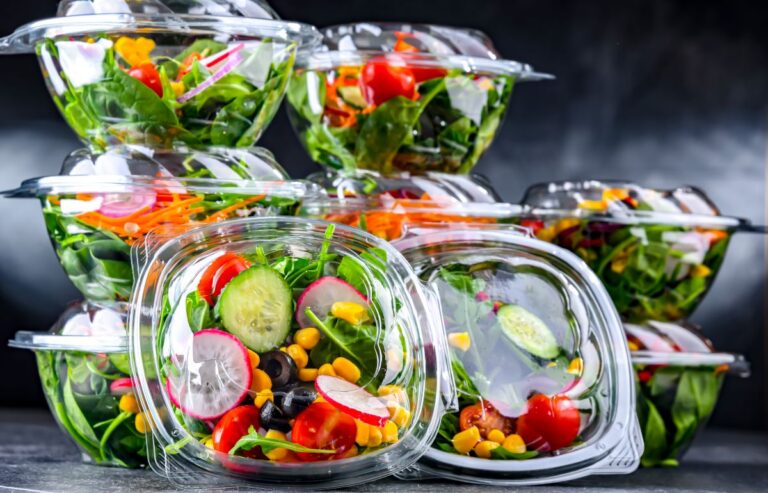Pickle It: 10 Fermentation Recipes for Gut Health
Fermentation is an ancient culinary art that has found a modern audience. This timeless technique not only enhances flavor and preserves food but also boosts nutritional value. Why are more people turning to fermentation, and how can you start this beneficial practice in your own kitchen?
What Is Fermented Food?

Fermented foods are created through controlled microbial growth and enzymatic conversions of food components. This process typically involves bacteria or yeast converting organic sugars into alcohol or acids, which act as natural preservatives. The result is a food that is rich in flavor and longevity.
Where It Originates

Fermentation has roots in various cultures across the globe, each with its unique methods and traditional foods. It’s believed to have started over 10,000 years ago, potentially with the advent of bread and alcoholic beverages. Over centuries, it has been integral in creating staple foods in almost every culture, from European cheeses to Korean kimchi.
What Are the Benefits?

Fermented foods are supercharged with probiotics—beneficial bacteria that play an essential role in digestive health. These foods are often higher in essential vitamins and minerals and can contribute to a healthier immune system. They also help preserve food without the need for artificial preservatives, aligning with a more natural, healthier diet.
Why It’s Popular Now

In today’s health-conscious world, fermented foods have gained popularity due to their health benefits, particularly regarding gut health and immunity. Additionally, the rise of do-it-yourself culture in cooking means more people are keen to try fermentation at home to create wholesome, flavorful foods with long-lasting shelf life.
10 Beginner-Friendly Recipes for Homemade Pickles, Kimchi, and More

Fermentation is a wonderful way to not only preserve food but also to enrich its nutritional value and introduce exciting new flavors into your diet. These 10 recipes provide a straightforward path into the world of fermentation, perfect for beginners looking to explore this age-old culinary practice.
1. Basic Sauerkraut

Shred cabbage and sprinkle with salt, massaging the salt into the cabbage to release its natural juices. Pack the cabbage tightly into a jar, ensuring the liquid covers it completely. Seal and let it ferment at room temperature for a few weeks, opening occasionally to release gases and press the cabbage down to keep it submerged.
2. Simple Kimchi

Combine chopped napa cabbage, Korean radish, green onions, garlic, ginger, and a paste made from Korean chili flakes and fish sauce. Mix well and pack tightly into a jar, ensuring the vegetables are immersed in their juices. Let the mixture ferment at room temperature for a few days, then move it to the refrigerator to slow down the fermentation process.
3. Easy Pickled Cucumbers

Slice cucumbers and layer them with dill and garlic in a clean jar. Prepare a brine of water and salt, pour it over the cucumbers to cover them, then seal the jar. Store in a cool, dark place for at least one week to allow the flavors to develop.
4. Homemade Yogurt

Heat milk to just below boiling, then allow it to cool to lukewarm. Mix a small amount of active yogurt into the milk to inoculate it with beneficial bacteria. Keep the mixture warm, around 110°F, for several hours until thickened, then refrigerate.
5. Quick Beet Kvass

Cube beets and place them in a jar with salt and enough water to cover. Seal the jar and let it sit at room temperature for a few days, allowing the natural fermentation to develop. The resulting kvass can be consumed as a nutrient-rich drink.
6. Fermented Lemonade

Mix fresh lemon juice, sugar, water, and a splash of whey or another starter culture in a jar. Stir until the sugar dissolves, then cover loosely and let it ferment at room temperature for a few days. Chill before serving for a refreshing, probiotic-rich beverage.
7. Coconut Yogurt

Blend coconut milk with probiotic capsules, ensuring the mixture is well combined. Pour into a clean jar and cover, then let it sit in a warm place for 24-48 hours until the yogurt has thickened to your liking.
8. Kombucha

Prepare sweetened tea and cool it to room temperature before adding a SCOBY (symbiotic colony of bacteria and yeast). Cover the container with a breathable cloth and let it ferment in a warm, dark place for 7-10 days. After the initial ferment, bottle the kombucha with additional flavors if desired, and let it carbonate for a few more days.
9. Sourdough Starter

Mix equal parts flour and water in a jar, stirring until smooth. Cover the jar with a cloth that allows air to pass but keeps out contaminants. Feed the starter daily with equal parts of flour and water to maintain its activity and develop the sour flavor typical of sourdough.
10. Water Kefir

Dissolve sugar in water in a jar, then add water kefir grains. Cover the jar and allow the mixture to ferment at room temperature for about 48 hours. The resulting beverage can be flavored with fruit or juice and consumed for its probiotic benefits.
Dive Into Fermentation

These recipes are just the beginning of what can be a rewarding culinary adventure. Fermentation not only adds depth and flavor to foods but also offers numerous health benefits. Enjoy the process and the delicious results of your fermentation experiments!
Toxic Talk: 21 Phrases to Never Say to Your Kids

Are you worried about the impact of your words on your child’s well-being? Let’s tackle 21 phrases that might be causing more harm than you realize. Toxic Talk: 21 Phrases to Never Say to Your Kids
Breaking Ties: Recognizing When It’s Time to Go No-Contact with Parents

Deciding to go no-contact with a parent is a profound, often painful choice, but sometimes it’s necessary for personal well-being. Are you grappling with the decision to distance yourself from a toxic parental relationship? Breaking Ties: Recognizing When It’s Time to Go No-Contact with Parents
Stop the Stereotypes: 20 Gender-Based Comments Kids Don’t Need

It’s time to challenge traditional narratives that limit kids’ potential. Here are gender-specific phrases and ideas to avoid, fostering a supportive and open-minded environment for the next generation. Stop the Stereotypes: 20 Gender-Based Comments Kids Don’t Need
Reasons Your Adult Children May Be Pulling Away

Are you wondering why your grown-up kids seem to keep their distance? It might be a good time to look back and consider if some old parenting habits are to blame. Reasons Your Adult Children May Be Pulling Away
Want Happy Kids? Try These 15 Parenting Strategies

Parenting is both a privilege and a responsibility. Here are 15 research-backed strategies to help you raise happy children. Want Happy Kids? Try These 15 Parenting Strategies
The post Pickle It: 10 Fermentation Recipes for Gut Health first appeared on Peachy Fours.
Featured Image Credit: Shutterstock / Nitr.
For transparency, this content was partly developed with AI assistance and carefully curated by an experienced editor to be informative and ensure accuracy.







